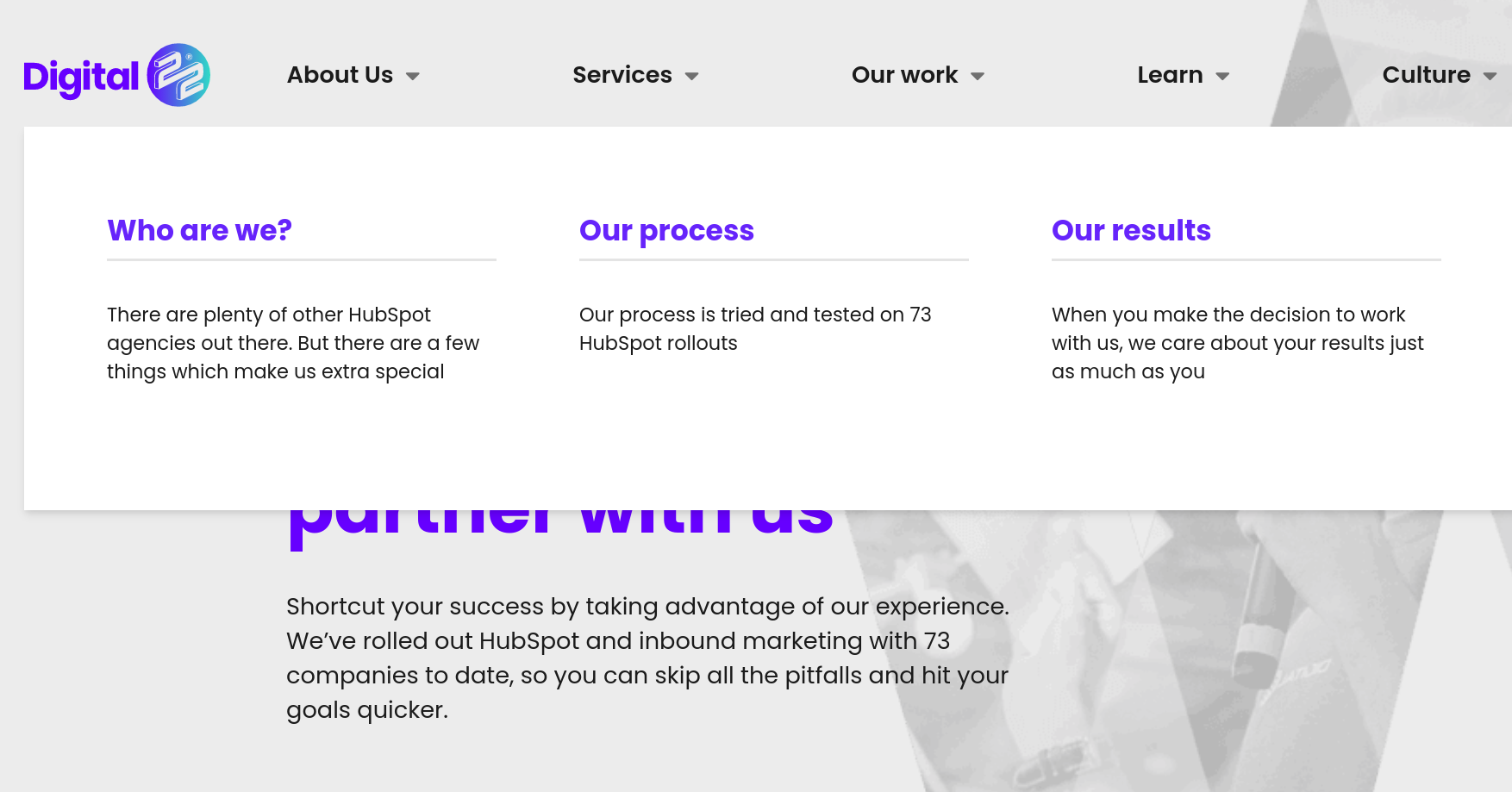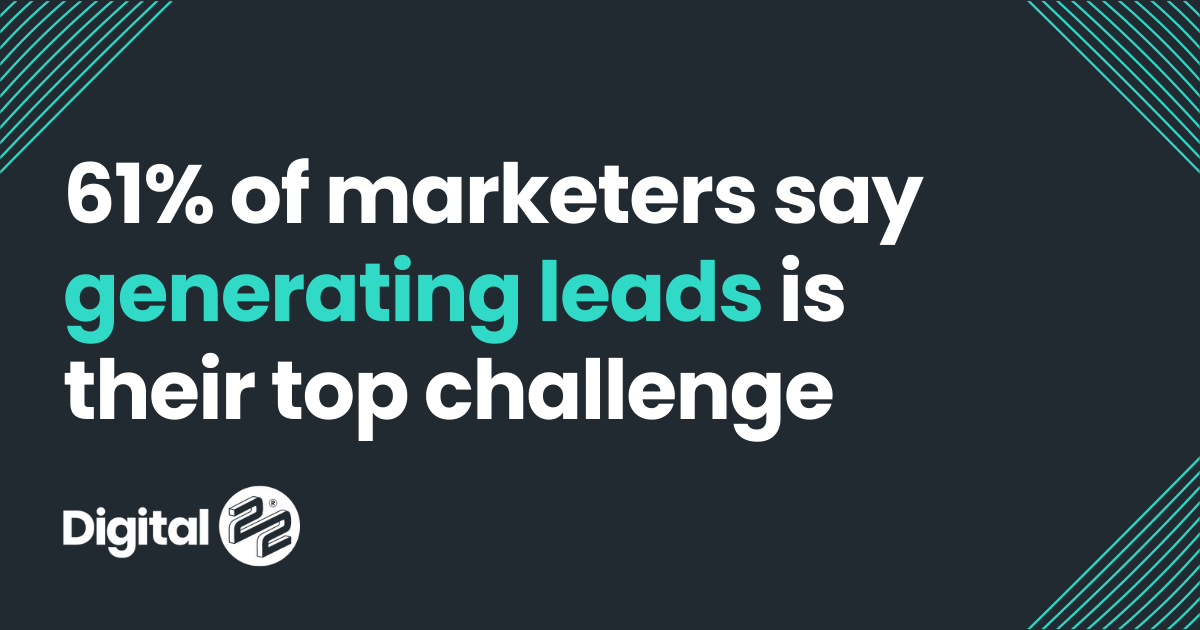The ultimate goal of any page on your website is to turn leads into customers. To do so, visitors...
Unbelievably, chatbots predate personal computers. The first form of conversational AI was born in 1966 - the year The Flintstones aired its series finale, the Australian Dollar was introduced and the popular boat ride “It’s a Small World” opened at Disneyland for the very first time.
Named Eliza, the earliest chatbot could do little more than recognise and react to basic keywords. Now, chatbots can offer intelligent suggestions, provide scarily life-like customer service, retrieve information, schedule appointments and sync with other smart devices.
In this blog, we discuss some of the most intelligent chatbots on the market, all of whom owe their excellence to Eliza.
- The best chatbot solutions for marketers
- How are chatbots different from support bots?
- How can you use HubSpot to make a start with conversational marketing?
The top seven chatbot solutions for marketers
1. Botsify
If you’re looking to adopt chatbots at every digital touchpoint, this is the right provider for you. Botisfy offers six distinct chatbot services including bots for websites, messenger, WhatsApp, telegram, WordPress and SMS.
As its applications are multilingual, Botisfy can easily cater to booming international businesses. Yet, it works just as well for smaller stores thanks to its easy-to-use drag and drop template designer.
As a major chatbot player, Botsify has worked with the likes of Toyota, Spotify and even The World Health Organization.
2. Collect.chat
Collect.chat sticks to the basics of support chatbots, honing in on its near-perfect meeting booking and lead generation features. Aside from this, the chatbot provider also specialises in converting Google forms to more engaging chatbot formats, meaning you can repurpose content while re-engaging customers.
Perhaps the most valuable of Collect.chat’s assets is the ability to integrate hundreds of apps directly from Zapier so you can easily automate the tedious stuff in your workflow.
Finally, you don’t need to be a coding wizard to understand or modify this bot as, just like Botisfy, it also sports a drag and drop template designer for ease of use.
3. Drift
Drift users are enthusiastic about analytics and appreciative of its in-depth dashboard that gives granular insights about every chatbot user and market segment.
From viewing the percentage of email captures to the number of meetings booked, it’s easy to see how customers are choosing to interact with your chatbot and which features they favour above others.
Its price is reflective of its advanced capabilities but for some less budget-restrained businesses, its higher fees are worth it. Unlike other chatbots, Drift is continuously learning, so when you invest in this AI, you aren’t buying a static product.
Drift chatbots analyse previous interaction to improve its future performance. Over time, its ability to autonomously chat to website visitors will increase. In turn, the more Drift is used, the more it can be trained and the harder it can work for your business.
4. Chatfuel
Rivalling Botisfy’s star-studded client list, Chatfuel has many impressive accounts under its belt including National Geographic, Nivea, MTV, Nissan, VISA, HelloFresh and LEGO.
Chatfuel’s chatbots fuel many platforms (pardon the pun) but above all, the brand hammers home its integration with Instagram. Users can ask the bot via DM about the status of their order, stock levels and shipping FAQs. The bot will respond in record speed using the brand’s tone of voice to deliver near-instant answers.
Despite its impressive abilities, coding and programming aren’t needed to get started with Chatfuel either. In fact, they estimate you can get a chatbot up and running within seven minutes - whether you design it yourself or get Chatfuel’s design team to help you.
5. HubSpot's chatbot builder
HubSpot’s chatbot builder is one of the best on the market. This website integrated chatbot creates seamless conversations with your customers, offering personalised, intelligent responses to all sorts of queries no matter what webpage they land on.
It’s easy to customise every response with the ability to tweak and improve templates. Plus, there’s no coding required. Instead, you can manage your HubSpot chatbot via its user-friendly interface that spans across your entire marketing and sales funnel.
Once you’ve got to grips with HubSpot, you can manage your entire marketing and sales needs, all in one place. You no longer need to learn about the nuances of various apps or painstakingly trail through numerous systems.
The chatbot tool helps you to qualify leads, book meetings and provide clear answers to commonly asked questions. It’s a huge time-saver, giving your talented sales team the freedom to focus on the most important conversations.
Chatbots are available as part of HubSpot CRM Free and when you sign up, you’ll automatically receive the tool.
6. Bold360
-14-1.webp?width=600&name=pasted%20image%200%20(1)-14-1.webp)
Bold360 has patented its own natural language processing technology to help brands build chatbots that can understand intent without having to match keywords.
The conversational AI can interpret complex language, reply with natural responses (you can give it its own personality) and remember the context of a full conversation. It's even better if you have products to sell as customers can buy through the chatbot.
7. Watson Assistant
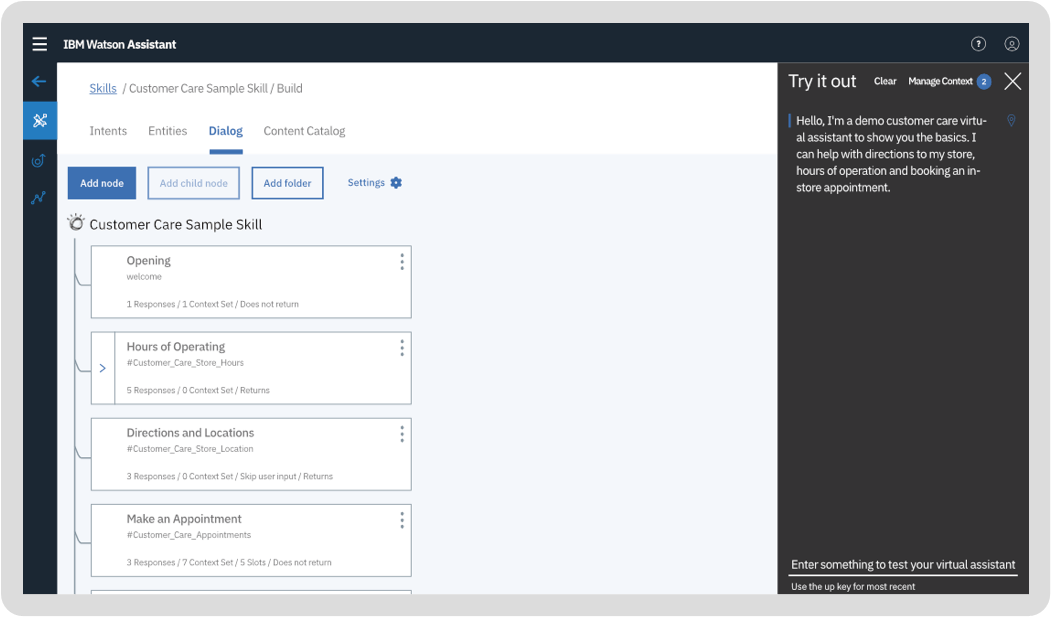
IBM is a leader in AI, so it's no surprise its Watson Assistant chatbot is one of the best on the market. It becomes pre-trained with content from your industry, understands historical call logs and chat, searches for answers in your knowledge base and can also ask customers for more clarity.
It can run on your website, customer service tools and mobile app - plus you don't need coding experience to develop it either.
How are chatbots different from support bots?
In a nutshell, chatbots are computer programs designed to mimic human conversation with customers across various platforms.
In marketing, we think of chatbots as widgets that sit in the right-hand corner of our website or cover our social communications. But chatbots have started to pop up in different forms, such as is the case with Alexa, Amazon’s voice AI and Siri, Apple’s virtual mobile assistant.
The main reasons for marketers to use chatbots is to help with lead generation and service speed by assisting in answering frequently asked questions and basic tasks -but this is not all chatbots can do.
There are many types of chatbots out there. The most useful of them, to marketers, being support chatbots.
Support chatbots are the most common type of bot and one of the most useful for marketers. They’re typically implemented to help a user with general website use such as FAQ answering and scheduling meetings.
You can also use these chatbots on social media to help out with 24/7 customer service. Pretty neat, huh?
Support chatbots have friendly, inviting personalities that are eager to help, mimicking the experience of talking to a real-life customer representative. The more intelligent support chatbots replicate your brand’s tone of voice so that the entire visitor journey is cohesive.
Ultimately, support chatbots boost customer service and help convert prospects into customers.
Marketers might have been quicker to adopt personal computers, chatbot’s younger sibling, but they’re now beginning to see the value of these language programmed systems that cover service responsibilities and basic functions when our human coworkers are compromised.
So, how can you get started?
How can you use HubSpot to make a start with conversational marketing?
You’re right to be investigating chatbots and adding them to your digital marketing toolbox. Chatbots allow you to build authentic relationships, generate more leads and reduce your sales cycle.
This innovation is now known as the practice of conversational marketing - talking to your customers to keep them engaged, using your brand voice wherever possible and providing opportunities for instant information.
Long gone are the days of listening to telephone hold music for hours to get a simple service answer or leaving a website feeling confused and betrayed, still none the wiser.
To learn more about how HubSpot can help you engage every customer with branded conversation, download our conversational marketing guide.
From the difference between live chat and chatbots to conversational design, this in-depth information source will help you to stop drowning your sales team and alienating your users. Get your copy now using the link below to access the insights.
Originally written by Paige Denton in 2018
Updated by Bethany Spence in 2021
